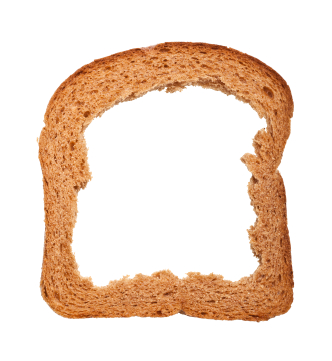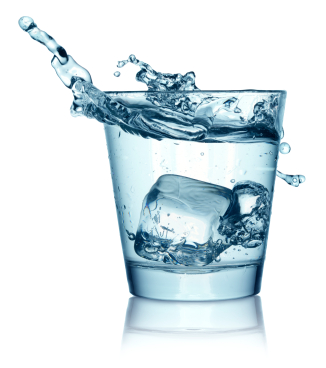Perhaps the most talked about nutrient category is fats. Many believe that in order to lose weight, they must cut fats from their diet. Although it is wise to limit your intake of some types of fats, fats in general make up an entire group of nutrients. This article simplifies some of the “fat terminology” and provides the basics of what you need to know.
The first thing to point out is that fat is not always bad for you. Too much (especially of the wrong types) or too little can be detrimental to your health. Fats are a major source of energy. They have additional benefits as well, providing an insulating effect on the body and cushioning bones and organs.
Saturated, Unsaturated, and Trans Fats
In nutrition vernacular, fats are referred to as lipids. A subgroup of lipids is triglycerides. Triglycerides are further broken down into fats and oils, depending on their state at room temperature. Fats are in a solid form and oils are liquid at room temperature.
Triglycerides contain both saturated and unsaturated fats. The difference in the two has to do with the number of hydrogen atoms in each, but what’s relevant to us is that saturated fats are generally bad for our health, raising levels of harmful cholesterol and the risk of heart disease. In the human diet, saturated fats are mainly obtained from animal sources. Some of these sources of include whole milk, butter, cheese, and fatty cuts of beef and pork.
Unsaturated fats, on the other hand, have properties that can be beneficial to your health. Most vegetable oils are unsaturated (olive, canola, peanut, safflower, flaxseed, walnut, sunflower, and corn oils).
Trans fats most closely resemble and behave like saturated fats. They raise bad cholesterol, lower good cholesterol, and raise the risk of heart disease. Trans fats are usually found in deep-fried foods, cookies, cakes, crackers, snack chips, margarine, and meat and dairy products. These types of fats should be used sparingly.
Cholesterol
Aside from triglycerides, another group in the lipid family is sterols, the most popular being cholesterol. Cholesterol is created in the body from carbohydrates, proteins, and fats.
Cholesterol can collect in arteries and block blood flow, causing a heart attack or stroke – a condition known as atherosclerosis. Sources of cholesterol include eggs, milk products, meat, poultry, and shellfish. All sources of food from animals contain cholesterol.
Many people try to limit their cholesterol intake in an effort to control the amount of cholesterol in their bodies. What most people don’t realize, however, is that cholesterol intake from foods is not the largest contributing factor to cholesterol found in the body. Eating saturated fat raises cholesterol levels and increases the risk of heart disease more than dietary cholesterol does.
Two familiar types of cholesterol are LDL (bad) and HDL (good). LDL, because of the amount of cholesterol it contains, has been linked to heart disease. HDL contains cholesterol as well, but it has a greater amount of protein, thereby giving it positive characteristics. (If you have trouble keeping the two straight, remember “H” for “healthy” and “L” for “less healthy”.) To lower LDL and raise HDL in your body, you should control your weight, opt for unsaturated fats over saturated fats, incorporate more fiber in your diet, limit alcohol intake, and take part in regular physical activity.
Why can’t I get rid of fat?
Have you ever wondered why it’s so hard to get rid of fat? Because fat provides more than twice the amount of energy that carbs or proteins do (9 calories per gram vs. 4), our bodies prefer keep fat for energy requirements. Fats stored in the body as well as fats from foods are used as sources of fuel. Over 60 percent of the body’s energy during rest is provided from fats. (See Fat Burning Made Simple)
Adding to our weight loss dilemma is the body’s unlimited ability to store fat. Even the excess carbohydrates and proteins we consume are converted to fat because it provides the most energy and is easy to store.
Things to Remember
Although certain fats are linked with heart disease, some types of cancer, and obesity, there are some fats that are actually good for you. Omega-3 and omega-6 fatty acids are important to our nutritional needs. They reduce the risk of heart disease and stroke and have positive effects on blood and heart function. Both omega-3 and omega-6 fatty acids are “essential” fatty acids, meaning the body cannot produce enough of these vital nutrients by itself. The best way to obtain them is through foods such as vegetable oils, seeds, nuts, fish, and other aquatic foods.
To counter against the health problems associated with fats, we should limit intake of saturated fats, trans fats, and cholesterol. Also limit your intake of total fat to 20-35% of your diet. Remember, there’s no need to cut fat completely from your diet or to follow a diet extremely low in fat. Moderation is key.
 Carbs Aren’t the Enemy
Carbs Aren’t the Enemy